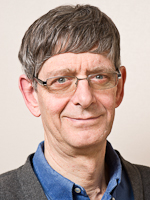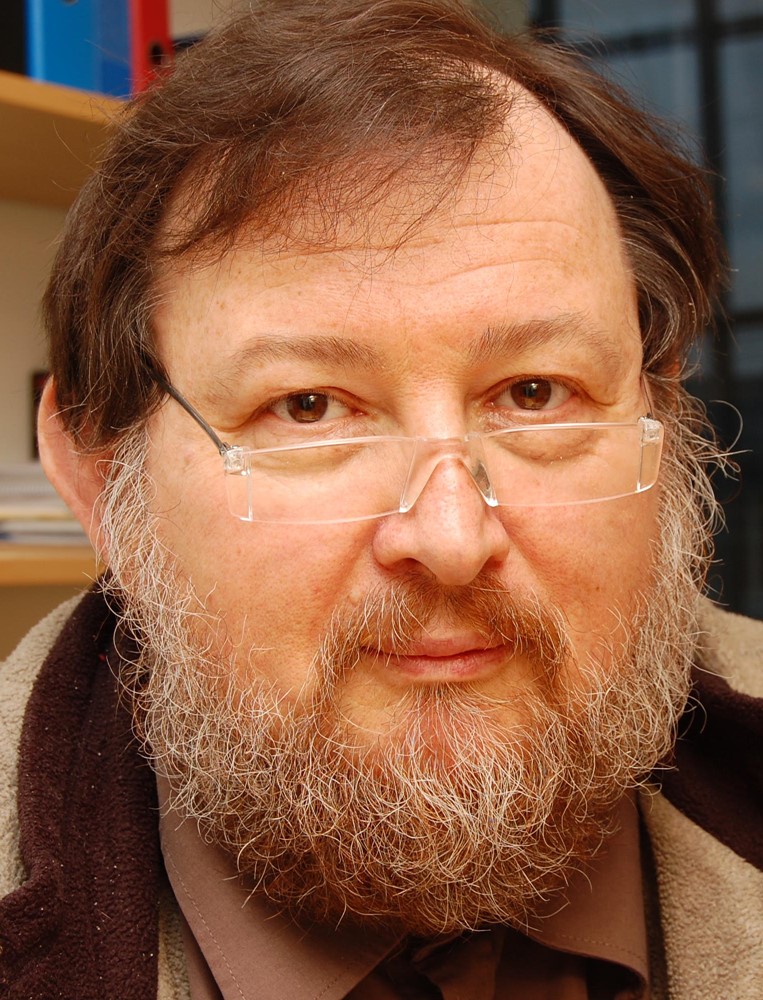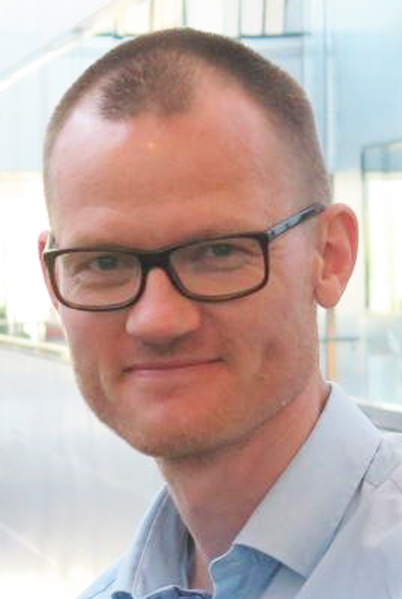Welcome to this ECG course.
The history of ECG reaches back to the years around 1900, and the ECG still is one of the most important tools in clinical medicine. In this course you will learn about the physiological processes that present as the ECG, the technology required for their presentation, and how an ECG may help us understand normal variations and pathological processes in the heart.
Our aim is not to teach you the “pattern recognition” approach to ECG interpretation, but we rather hope you will learn how you can use the ECG as a tool for understanding what is going on in the heart. When you understand the principles of the ECG, you need not remember all the clinical patterns you will meet as a doctor – memory is an unreliable friend. You should rather appreciate your knowledge that allows you a direct glimpse into the processes that take place within a beating heart.
The ECG can be printed at various paper speeds, gain, filtering of signals, and channel presentation. For didactic and esthetic reasons we have chosen to present drawn ECGs at 50 mm/second speed, as preferred in the Nordic countries, and channels ordered in the “Cabrera style”. Drawing may better illustrate the principles, but the simplifications may remove occasional fine details that are present only in real recordings.
The course has mainly been made for students and general practitioners, and a main focus is on knowledge that is required for a young physician on duty.
After this course, we hope you will enjoy ECG interpretation, as we still do.
 Professor emeritus Knut Gjesdal
Professor emeritus Knut GjesdalOslo University, and Cardiology Department, Oslo University Hospital Ullevål, Norway
 Author and Medical Illustrator Michael Bjaanes, Hurdal, Norway
Author and Medical Illustrator Michael Bjaanes, Hurdal, Norway
 Associate professor and Cardiology Consultant Mathis Korseberg Stokke, MD, PhD,
Associate professor and Cardiology Consultant Mathis Korseberg Stokke, MD, PhD,Institute of experimental Medical Research, Oslo University, and Cardiology Department Oslo University Hospital Rikshospitalet
Illustrations labelled © M.J.Bjaanes are reproduced with permission from Michael J. Bjaanes.